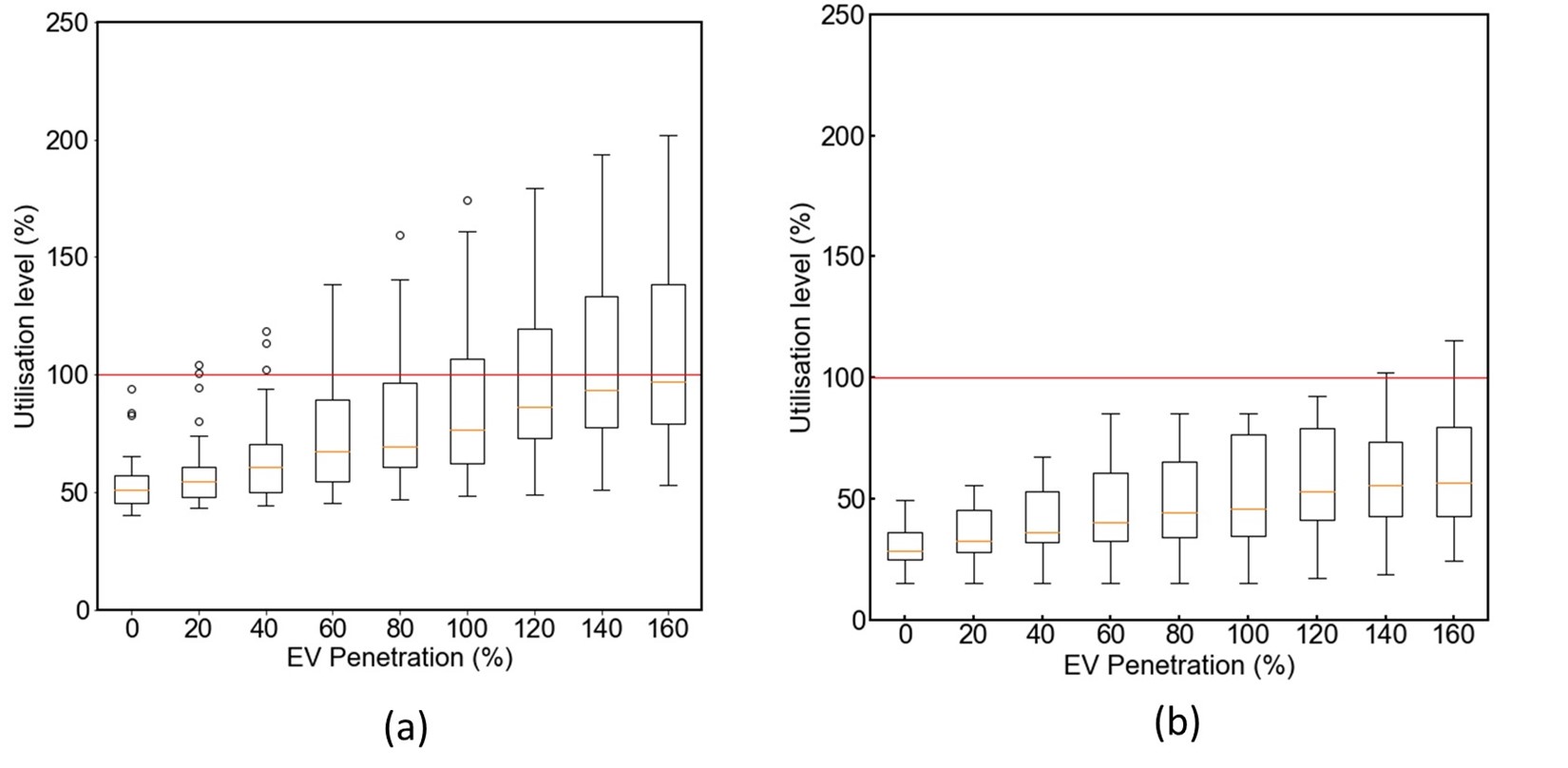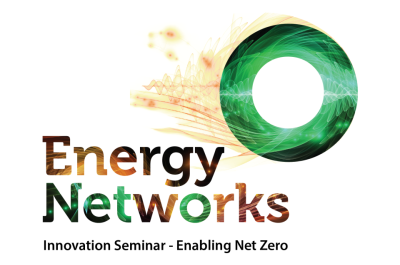Electric vehicles and the grid – can we just plug and play?
The Commonwealth Government’s newly released Low Emission Technology Roadmap highlights support for smart electric vehicle (EV) charging infrastructure to help manage grid impacts. This is welcome news as EVs can be a double-edged sword for the electricity distribution network. We look at the results from a recent University of Melbourne report into EV impact, part of a project by Energy Networks Australia, the Centre for New Energy Technologies, and the Australian Power Institute.
The Impact of electric vehicles on the grid
Depending on how and when electric vehicles (EVs) draw charge from the grid, this innovative technology can be a double-edged sword for the electricity distribution network.
Modelling undertaken in the Open Energy Networks Project position paper indicated that significant adoption of EVs was likely in the 2030s, resulting in a range of consequences for distribution networks. The charging behaviour of EVs requires the development of appropriate management strategies, which raises questions about the potential impacts of unmanaged EVs on the grid, as well as what EV hosting capacity will look like.
In this article, we look at the results from the University of Melbourne’s EV Impact Report, which presents the possible impacts on the grid from unmanaged EVs for selected distribution feeders.
The report is part of the EV Integration Project, being undertaken by the University of Melbourne, funded by Energy Networks Australia (ENA), the Centre for New Energy Technologies (C4NET) and the Australian Power Institute (API)
This report has determined the hosting capacity of EVs through the use of the following assessment factors: Low Voltage (LV) distribution transformer, customer voltages and LV and High Voltage (HV) conductors. Selected rural and urban feeders for NSW, Tasmania and Victoria were considered in the study. It should be noted that the results presented apply onto to the selected feeders, rather than representing all feeders in the distribution network. No changes or adaptations to mitigate EV impacts were made to these feeders.
LV Distribution Transformer
Let’s consider the results for the NSW feeders.
The rural NSW feeder saw that the LV transformer started having problems after 20 percent EV penetration, and overloads began to impact almost quarter of the LV transformers when the penetration of the EVs was at about 80 percent. Half of LV transformers could be overloaded if EV penetration reaches 160 per cent (i.e. every house has one EV, and 60% of them have a second EV).
The LV transformers in urban feeders, however, did not seem to have significant problems when EV penetration was less than 80 per cent. Beyond 80 percent penetration, however, transformers started to overload.
Figure 1 shows the transformer utilisations level with the associated EV penetration rate for rural and urban NSW feeders.
Figure 1. LV transformer maximum utilisation (a) Rural and (b) Urban
Customer Voltage
While customer voltage does not seem to be a major limiting factor in the urban feeders, it appears to be a limiting factor in the rural feeders.
Let’s look at the assessment results for the Victorian feeders.
As EV penetration increases for the rural Victorian feeders, the number of customers experiencing voltage issues grows as does the severity of the voltage problem. By the maximum EV penetration (160 per cent), about one in five residential customers might have a voltage standard violation.
On the urban feeder, however, customer voltages started to exceed the new Victorian voltage limits at and beyond 80 per cent EV penetration. When considering the Australian standard AS 61000.3.100, which imposes stricter limits, the issues would occur at 40 per cent EV penetration.
Conductors
In all the rural feeders considered in his study, except in Victoria, the HV conductors were the least affected assets. Some LV and HV conductors, however, may experience utilisation problems beyond 100 per cent and 120 per cent EV penetration respectively.
In the rural Tasmanian feeders, some of the LV conductors started experiencing utilisation problems at and beyond 40 per cent EV penetration. No HV conductor utilisation issues were found. By comparison, the LV conductor in the urban feeder could overload from as little as 20 per cent EV penetration, resulting in more than half of the LV feeders having overloaded conductors at 100 per cent EV penetration. For the HV feeder, the issues began to appear at and beyond 40 per cent EV penetration.
A summary of the EV hosting capacity assessment for the selected feeders is provided in the below table.
Key Takeaway:
- Asset congestion is the main limiting factor for all feeders considered in this study. Mitigation of voltage issues due to solar PV can exacerbate voltage drop from EVs.
- Voltage issues in rural feeders can be quite significant despite no or limited voltage issues seen in urban feeders.
- LV conductor congestion can vary between regions and depends on the after diversity maximum demand (ADMD) and the residential load demand.
- Rural grids were found to have up to 40 per cent EV hosting capacity.
- Urban grids were found to have up to 80 per cent EV hosting capacity.
The full report is provided here.
Other project related materials are provided on our ENA website, University of Melbourne project page and C4NET project page.




